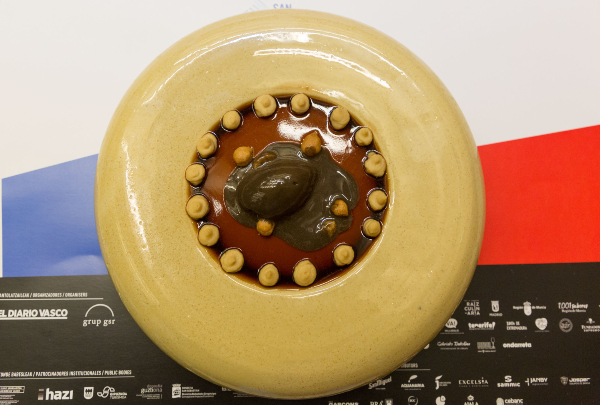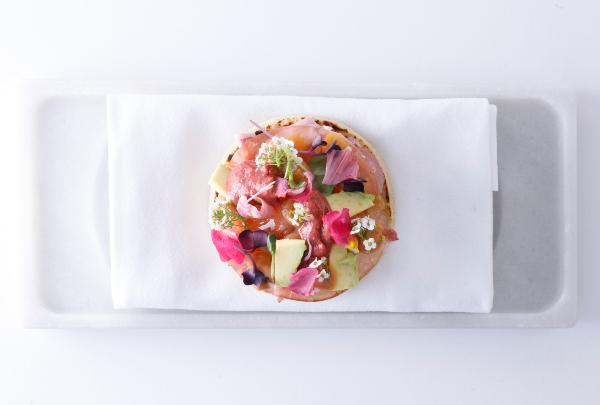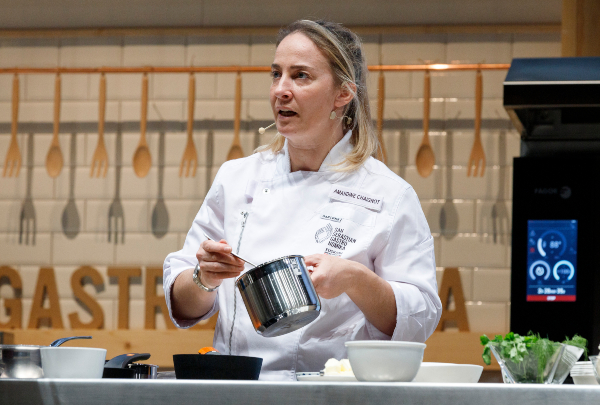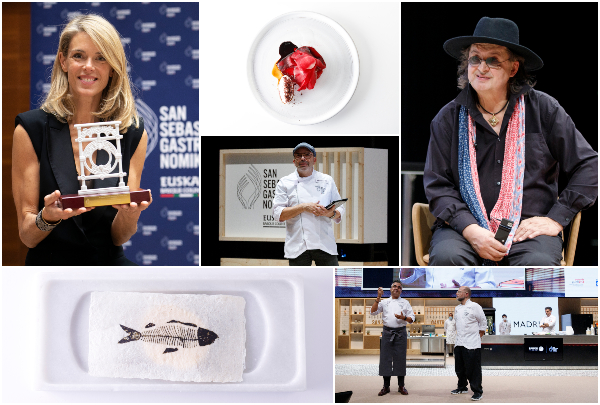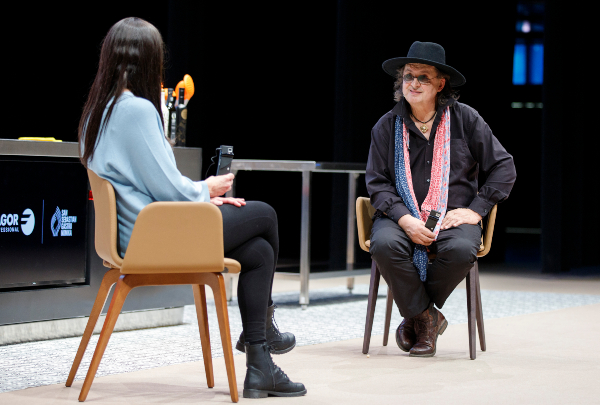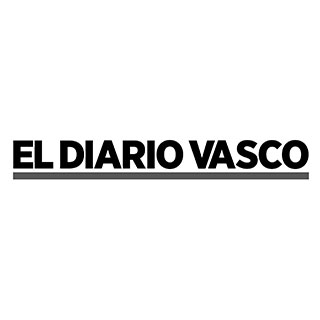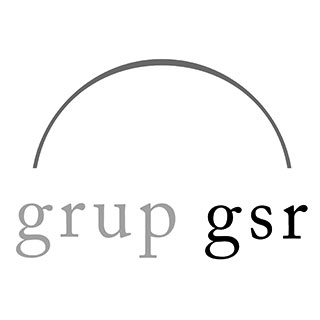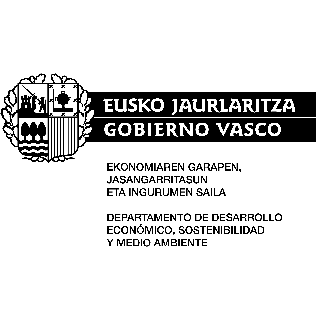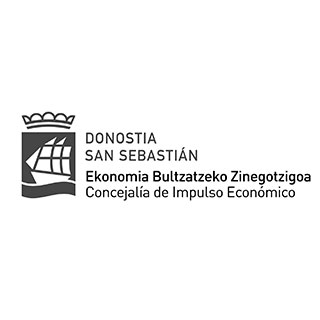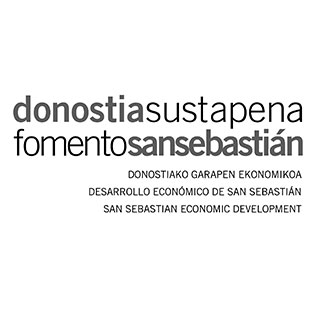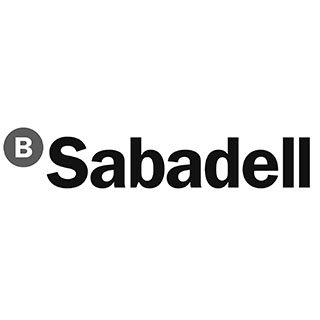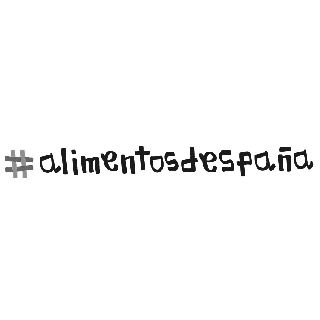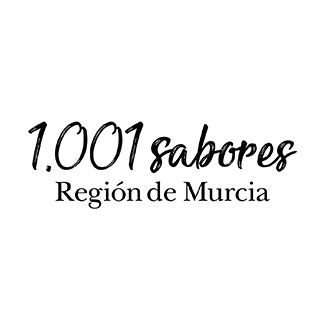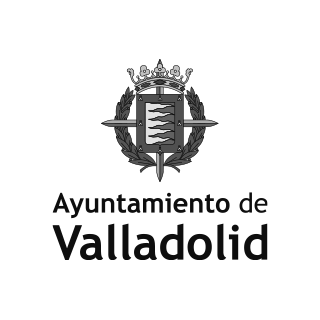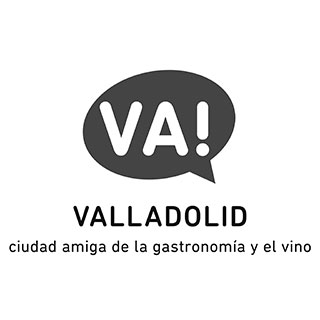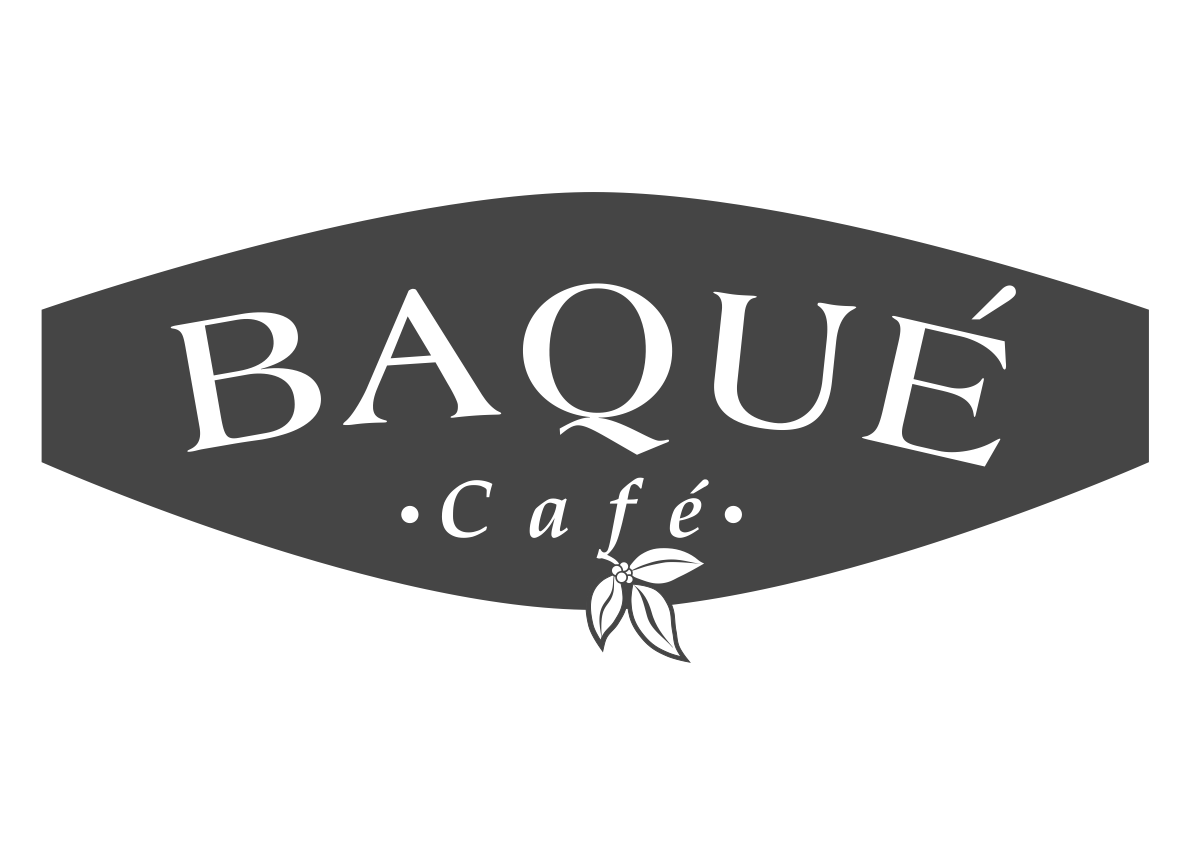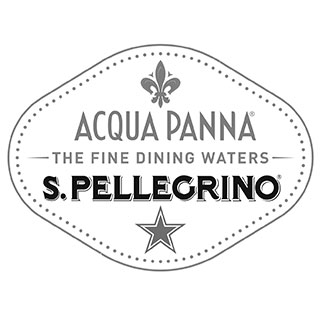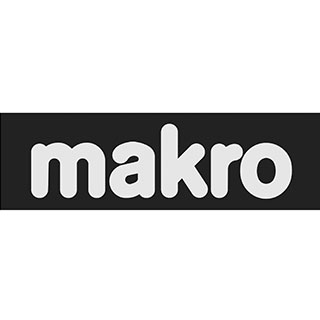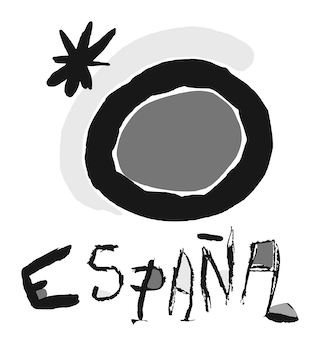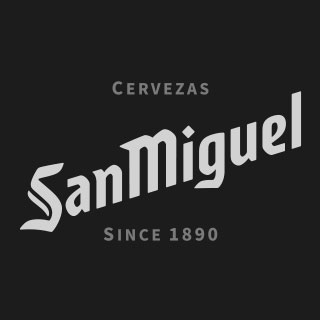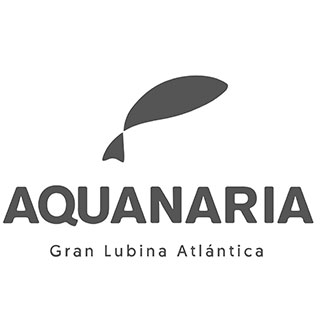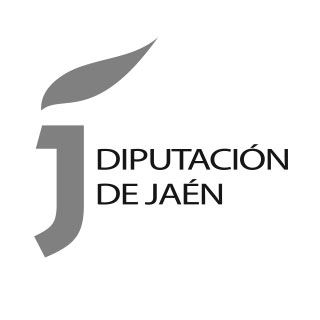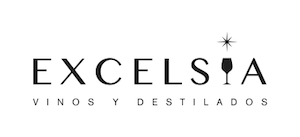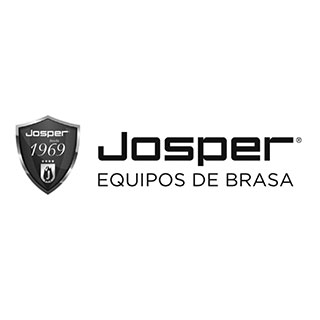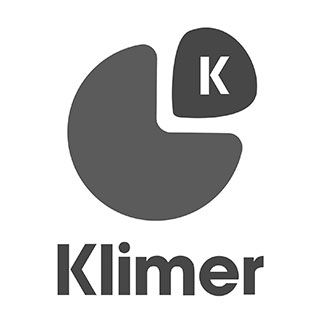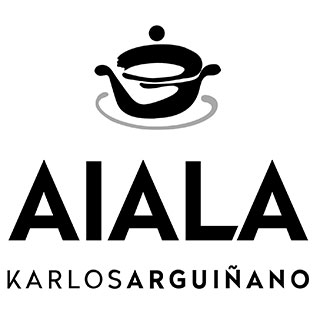News
Aitor Arregi: “I don't know where we'll sail to, but the boat will always have an anchor in its home port”.
.jpg)
There can be no doubting Aitor Arregi's mastery of the family business Elkano* (Getaria), where fire is used to cook any kind of produce. The talk by the grill wizard delighted the Auditorium as it revealed the secrets of a recipe for the perfect fish - the "corvina" croaker fish, in this case - with the help of his crew: Asier Senarro, Koldo Manterola and Pablo Vicari.
Aitor Arregi came on stage with some of his crew - Asier Senarro, Koldo Manterola and Pablo Vicari - to convey the know-how and philosophy of his Elkano restaurant, under the guidance of Benjamín Lana, journalist and head of Vocento's Gastronomy division.
The talk began with a question from Lana: "What is Elkano?" Aitor replied: "doing the same as usual, but evolving on a constant basis. With knowledge of the surroundings”. It is this knowledge that has not only succeeded in gaining acclaim by both critics and the general public, but also in gaining excellence for any product it fires.
The house speciality is turbot, but on this occasion the "corvina" fish or croaker was the star attraction. “At the moment it's prowling around, eating up sardines and other fish, and is fattening up. The ideal time to eat it. It usually appears in October and November, and then it disappears for whatever reason. It's hard to keep an eye on it. When it's on the grill, the first two minutes are critical. If it wrinkles, it's very fresh, the meat is full of nerves. The secret is to leave it to cool down for 48 hours", said Asier Senarro, one of the restaurant's key personages.
For Aitor Arregi and the Elkano family, knowledge of the ecosystem is so important that it has become a hallmark of the business. “You have to know what this fish eats, who catches it, when it lays its eggs, where it goes, and when to eat it", the grill man told the congress. In addition to this local knowledge, the chef was at pains to point out that it is most important not just to "do", but also to convey what has already been done.
It fell to another member of the team, Koldo Manterola, to explain the best croaker fish cuts and how to deal with them on the grill. On this occasion the message came through on screen, live from the restaurant. The cuts demonstrated were the head, belly and loin. For this chef, one of the key points for the best possible grilling technique is "short but intense", with embers not too close to the fish. To control the cuts, a sea bream grill frame was used for the belly, and a "cococha" frame for the head. The loin was placed directly on the grill, and carefully moved around to guarantee uniform heat caramelisation. More secrets for perfection: the flesh must be well seasoned. We know it is ready when we see that the flesh and the skin are toasted, "but with no black spots". The first cook always has to be the flesh to enhance the process.
Chef Pablo Vicari went on: “One of the things that surprised me most when I began work at Elkano is the connection with the surroundings. It's not like following a recipe. The restaurant's philosophy is linked to the product, to the best time to cook it, who catches it, the rocks it frequents ... These are very simple techniques, but very stringent in terms of the product", he explained. The Argentinian explained one of the turning points with the arrival of large sections of fish. “They roasted complete sections of fish at Elkano, with no cutting, but how can you grill such a large fish without cutting it up?" From that point, they focused on separate cuts so that the product would lose none of its essence.
Another issue tabled by Vicari was how they use the whole product. In this regard, he told the congress that they now use the natatory bladder, in this case the croaker's, for a recipe similar to tripe.
Aitor Arregi defined Elkano's cuisine as a "culinary landscape", with certain coordinates that may be replicated in any part of the world, provided there is knowledge of the environment and the chefs work with local people. “We have to adapt to the surroundings, interpret them and transmit them via the grill. We're talking about territory, proximity, seasonality, knowledge ... without all that, firing a product has no meaning. That knowledge is created within a community”.
Arregi then went on to explain his Cataria project in Cádiz. After some initial doubts, the chef went to Cádiz with Pablo to examine the area, and they realised that the possibilities of its larder were infinite. They immediately contacted local fishermen, and set to work. “We very much enjoy going to Cádiz. We go with the fishermen not just to gain an insight into the territory, but to live with them. And they're the people who are helping us to take all this knowledge to our grill”. And he added: “You can't do it without those people. Environment and people, that's the equation. You can carry out an interpretation of the environment anywhere, but with the local people”.
The talk ended with a question. “What about the future?” asked Benjamín Lana. And the reply was: "The future is to continue our voyage aboard Elkano, doing the same as usual, but evolving on a constant basis. And being faithful to the maxims our father taught me, my siblings and the whole crew: if you're going to do it, do it right, or don't do it. You're part of the community, you're not just yourself. Live with your surroundings. Take care of your place, and sail”. He finished off by saying: "I don't know where we'll sail to, but, as Asier knows, the fish move around, but the boat will always have an anchor in its home port”. Applause.
.jpg)
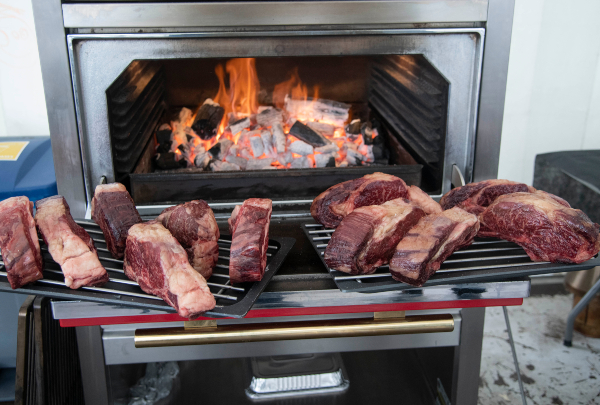
.jpg)
